A Major Revolution in Teaching Math
(Are You Using It Yet? It’s So Much Easier and More Effective!)
Old and New
 Have you heard about the new way of teaching math? It’s revolutionary, because it works so effectively. If you do this, teaching (and learning) math will be so much easier, so much more fun, than other ways to help your students study mathematics.
Have you heard about the new way of teaching math? It’s revolutionary, because it works so effectively. If you do this, teaching (and learning) math will be so much easier, so much more fun, than other ways to help your students study mathematics.
Actually, this new way is a very old way. It’s the classic way. The way effective parents and teachers used to do it. But we’ve mostly lost it in modern educational circles and curricula, so it’s new to us.
By way of introduction, there are 7 important levels of teaching math—and modern math instruction usually only teaches 1 of these levels. This puts our kids, and their teachers and parents, at a distinct disadvantage.
And to be clear, the other 6 levels don’t make it harder – they make it easier! Why teach only 1 level, when the other 6 are essential parts of math, make math more meaningful, relatable and fun?
Solvings and Solutions
The answer is that the national multiple-choice exams like the ACT and SAT only test one level—so, naturally, most teachers and schools ignore the other levels. They consider them unimportant.
But they aren’t. All 7 levels are vital to genuine math understanding. We need to teach them all. Otherwise, we get a few kids who can ace the tests but don’t really understand that depth of the mathematical principals, and, worse, we get around 80% of the kids who can’t even excel on the exams. They simply don’t click with the one level of math we teach.
But almost all of them would click with one of the other 6 levels, as teachers who use all 7 levels experience routinely. And when a student clicks with 1 level, the other levels become easier, more simple, and frankly, more interesting.
Each of the 7 levels is very important to any authentic and lasting understanding of the mathematical field.
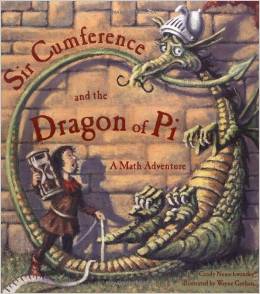 1. Stories
1. Stories
Discover stories about math and the mathematicians (historical and also in current life) who use, study, and love it.
Want ideas? Here are a few:
- Mathematicians are People, Too
- String, Straightedge and Shadow
- Archimedes and the Door of Science
- Mathemagic
- Math story books for kids >>
2. Shapes, Patterns, Symbols, Numbers, etc.
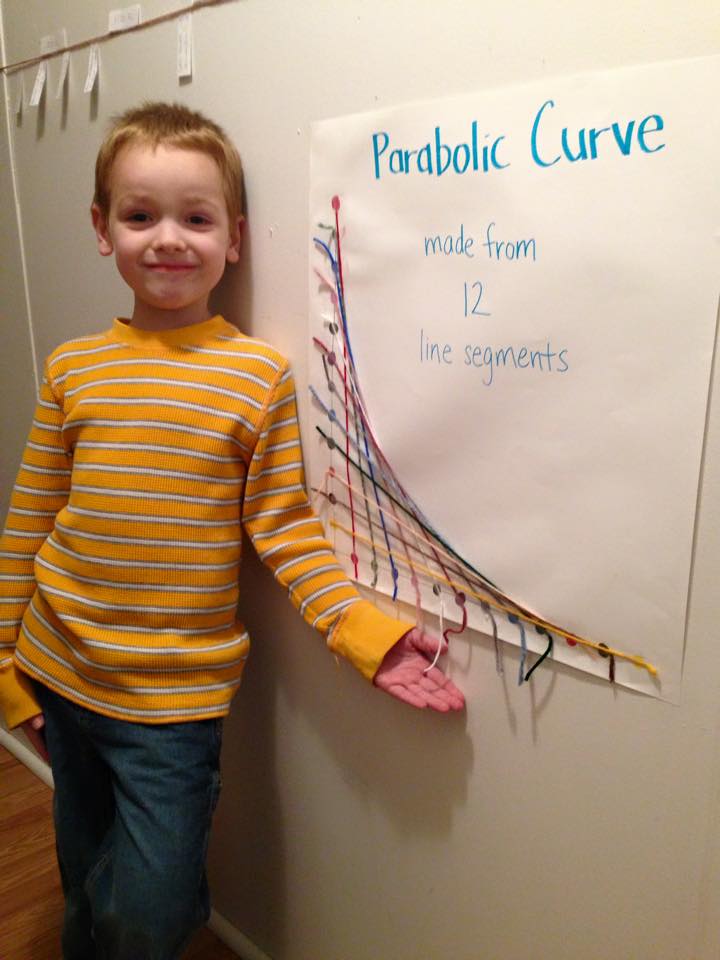 Fall in love with shapes, patterns, numbers, symbols, etc. Students who skip this step are always going to feel some sense of disconnect with math – like it’s a foreign language, and they don’t have a dictionary. This is true even of many students who learn to do well on the tests.
Fall in love with shapes, patterns, numbers, symbols, etc. Students who skip this step are always going to feel some sense of disconnect with math – like it’s a foreign language, and they don’t have a dictionary. This is true even of many students who learn to do well on the tests.
Many of the math games in our home were found in thrift stores and yard sales. Keep you eyes open – opportunities will come your way! Want ideas? Here are a few:
- Tangrams
- Math Dice Games >>
- Dice and Card Games >>
- Math Card Games >>
- More Math Card Games >>
- Even More Math Card Games >>
- “Dragon Box” app
- Jenga
- Math Bingo
- Sum Swamp
- Dominos
- Mastermind
- Prime Climb
- More math games you can buy…
- And more (mostly free) math resources for math love! >>
- An audio I’ve made on this topic entitled: “The Seven-Level Math Class!”
3. Math-Loving Mentor
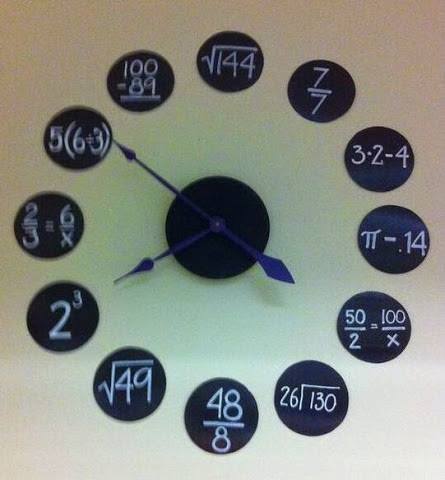 Nothing can beat an in-person connection with a math-loving mentor! Find a math-loving math mentor who cares for you, who can pass on a love of math to you. And, when you read and study math, make sure you do it from someone who LOVES math, and shares it with creativity and delight.
Nothing can beat an in-person connection with a math-loving mentor! Find a math-loving math mentor who cares for you, who can pass on a love of math to you. And, when you read and study math, make sure you do it from someone who LOVES math, and shares it with creativity and delight.
For example, check out these authors, who are simply amazing in their ability to help math-phobics learn and love math:
- Benjamin, Secrets of Mental Math
- Schmidt, Life of Fred
- Benjamin, Secrets of Mental Math
- Schneider, A Beginner’s Guide to Constructing the Universe
- McKellar, Math Doesn’t Suck (if you don’t like the title, please – just get out your black marker. The content is delightful!)
4. Spreadsheets
 Use and understand spreadsheets, business plans, and other mathematically-based technologies in everyday life and tasks.
Use and understand spreadsheets, business plans, and other mathematically-based technologies in everyday life and tasks.
A sort of a cross between a Word document and a calculator, spreadsheets are valuable for everything from capturing lists and data (like Christmas card lists, to-do lists, book lists, classroom performance data, etc.) to calculating “what-if?” scenarios for budgeting, debt management, business planning, etc.
What can you use spreadsheets for?
- Profit and Loss
- Budgets
- Inventories
- Charts and Graph
- Using as database
- Invoicing
- Working out loan interests
- Introduction to Spreadsheets
- How to use a spreadsheet to create a budget
- Tutorial on spreadsheets (Click on the list of pages in the left sidebar to advance to new content in the tutorial)
5. Math Classics
Read math and mathematically-based classics (e.g. the great mathematicians such as Euclid, Newton, Einstein, etc.). This brings relevance to the topic. Students who do this simply never ask, “how am I ever going to use math in real life?” It’s already become part of their life experience. Sound counter-intuitive? Just wait until you read a math classic. The masters themselves tie math to myriad other subject areas and every-day life.
See our lists of math classics (Not exhaustive! Just some great ideas on where to start… 🙂
 6. Do the Math
6. Do the Math
Study and master math problems, techniques, language, proofs, and testing skills from basic arithmetic through algebra, geometry, trigonometry and calculus. You can even study higher fields of math like Conic Sections or Dynamics.
- Let’s Learn Times Tables (request a free PDF download of this celebrated article by Rachel DeMille here >>)
- Life of Fred
- Cliffs StudySolver, Basic Math/Pre-Algebra
- Mental Arithmetic
- Math Inspirations
7. Math Classics in Depth
Study the great mathematicians on a higher level than # 5, by really going deep in your math readings. Learn to truly think mathematically. This is a great source of fun and personal improvement for many math teachers. And parents can learn to love it as well. Of course, Level 7 really only works after you’ve spent time on the earlier levels.
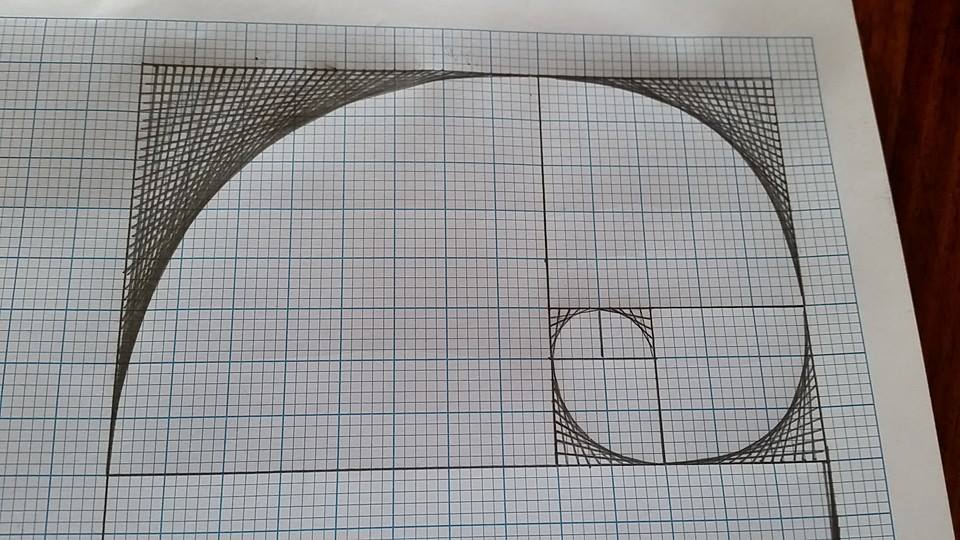 Once you are ready to try level 7, here are a few books to get you started:
Once you are ready to try level 7, here are a few books to get you started:
- Penrose, The Road to Reality
- Capra, The Tao of Physics
- Buchanan, Poetry and Mathematics
- Plato, Timaeus
- Euclid, Elements
- Nichomachus, Introduction to Arithmetic
- Newman, The World of Mathematics, 4 volumes.
Math Problems and Life Problems
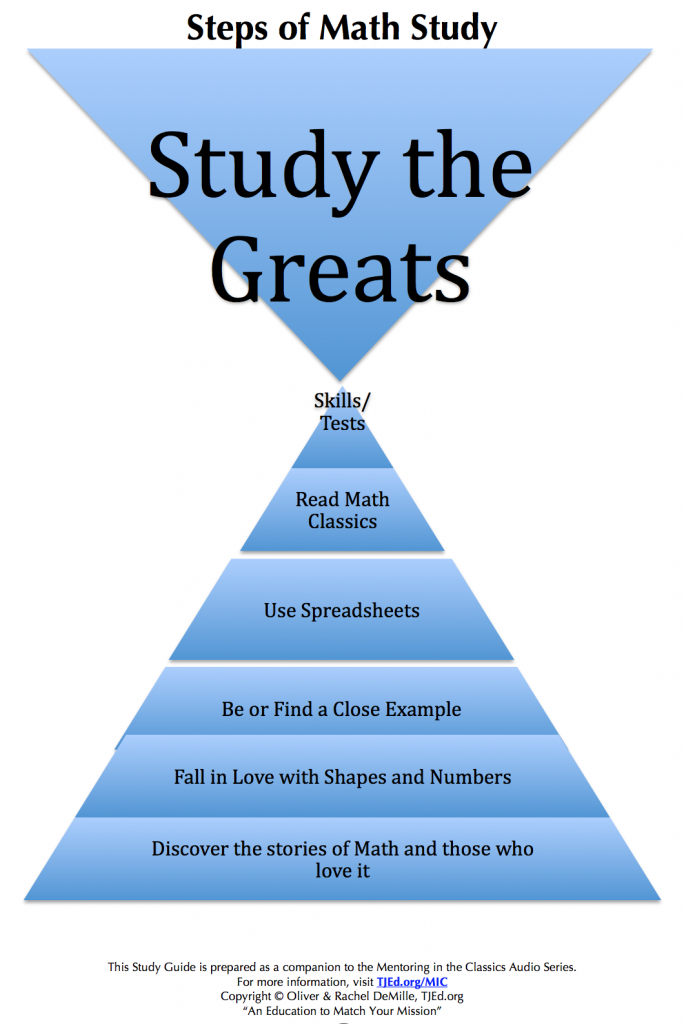 The truth is that some students can jump around from level to level, because they grasp one kind of logical process even without understanding the foundations upon which it is built. But without such foundations, they’ll often run into a wall in their learning.
The truth is that some students can jump around from level to level, because they grasp one kind of logical process even without understanding the foundations upon which it is built. But without such foundations, they’ll often run into a wall in their learning.
And even some of the best “Level 6” math students will learn to emphasize facts over morals, details over people, and rote processes over creative thinking or genuine reasoning and application.
Also, the problem with this list of 7 levels differs for those who are naturally “good at math” versus other types of learners. All 7 of these levels are valuable and very important for anyone learning (or teaching) math. For children and youth (and adults) to whom math doesn’t come quite so naturally, levels 1-5 will make learning Level 6 much, much easier and more fun.
Yet, sadly for most students, few adults help them realize how much levels 1-5 can help them. And few teachers understand how much they’ll benefit by engaging Level 7 in addition to the other 6.
Thus most students in nearly all schools are directed to Level 6 and receive very little of the other levels. But this is a mistake. These other levels take nothing away from Level 6; in fact, they broaden the young person’s Level 6 abilities, skills, interest, engagement and effectiveness.
Likewise, if a child or youth tends toward high literary, artistic, or athletic successes, experiencing the natural creativity of Levels 1-5 can be very inspiring when he or she studies Level 6.
Skipping and Starting
Again, parents and math teachers will do well to closely review—even memorize—the 7 Levels outlined above. Write them down, post them on your mirror, and keep them in mind as you work with your youth during his or her teen years and beyond. Skipping the first 5 levels will reduce his educational experience and overall development.
For more resources and training on how to use this 7-Level approach to math excellence, we have developed a mini-course, offered free here >>
Do the Math (not just the math, you know?)
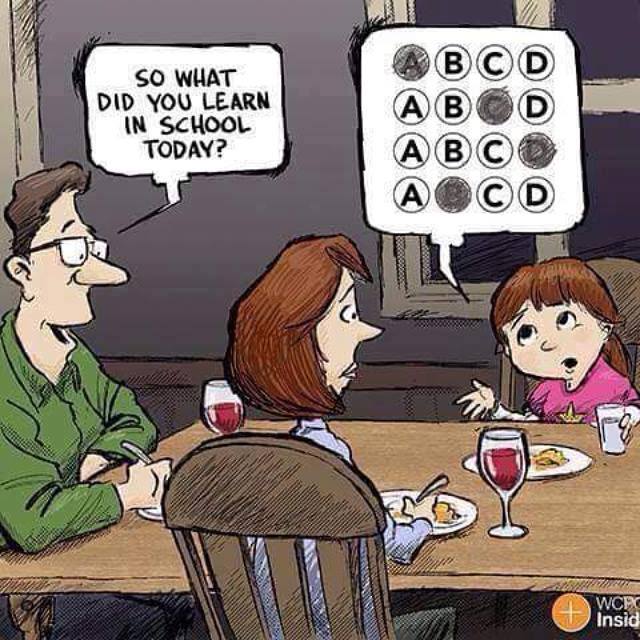 If you plan to teach math or science to others, including in your home or beyond, knowing the other levels besides Level 6 (Level 6 is arithmetic, algebra, geometry, trigonometry, calculus, etc.) will also help you relate to and work with students who aren’t natural mathematical learners.
If you plan to teach math or science to others, including in your home or beyond, knowing the other levels besides Level 6 (Level 6 is arithmetic, algebra, geometry, trigonometry, calculus, etc.) will also help you relate to and work with students who aren’t natural mathematical learners.
If you are a natural math learner yourself and also a teacher, this is incredibly helpful because it will help you speak more fluently with students who aren’t natural math lovers.
Of course, natural math learners don’t just learn math and science using mathematical-style thinking, they tend to learn everything this way. If you are parent or teacher helping such a student, the key is to make sure he or she gets enough exposure to Levels 1-5. This is so important.
And it will significantly upgrade the student’s math success. I can’t imagine why anyone would try to teach or help their kids learn math with only one level. That’s like trying to play Ping-Pong with the paddle in your mouth and both hands tied beyond your back. It can be done, but why on earth would you limit yourself that way?











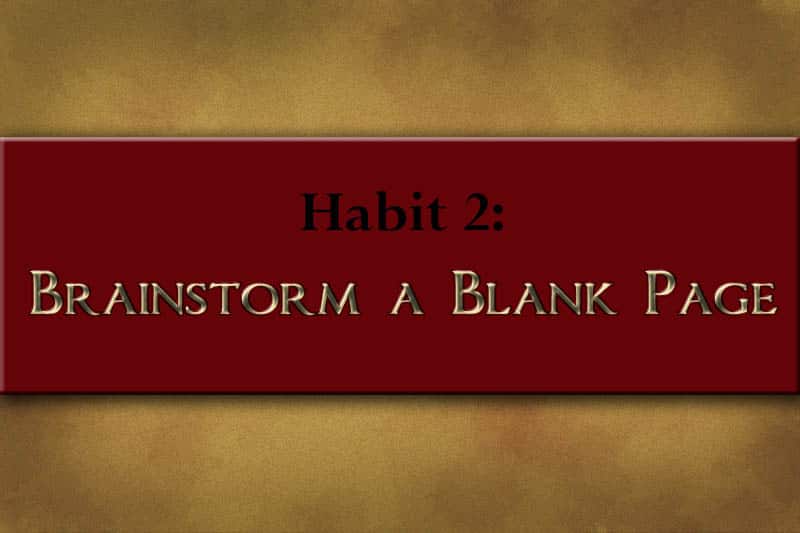




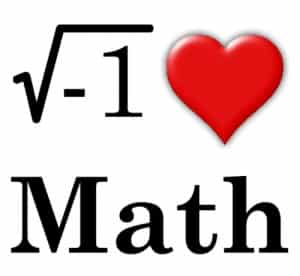




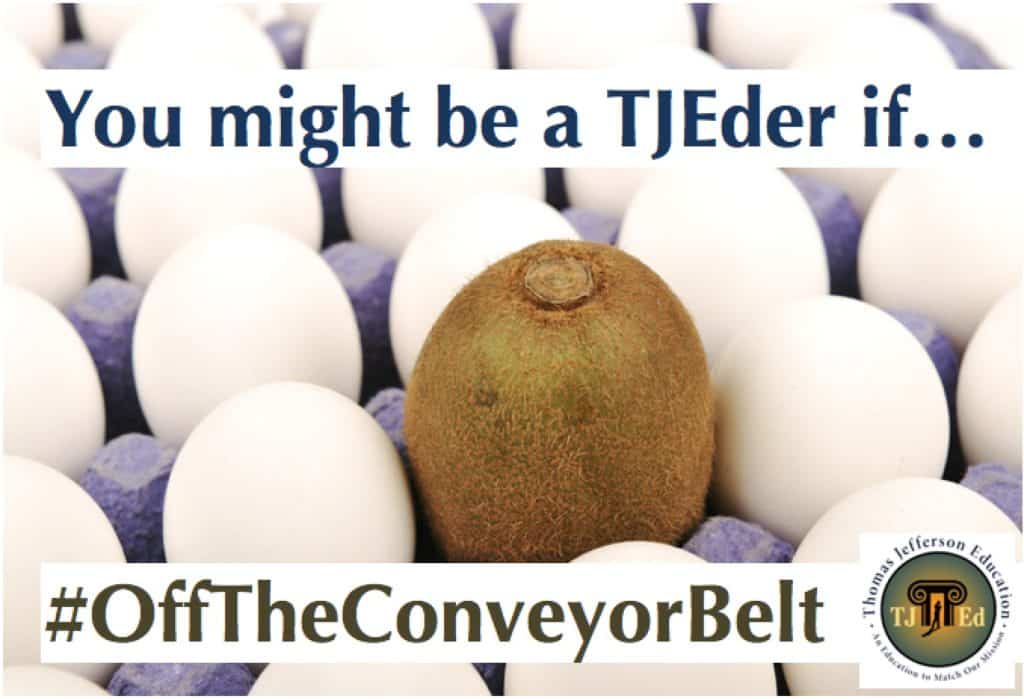


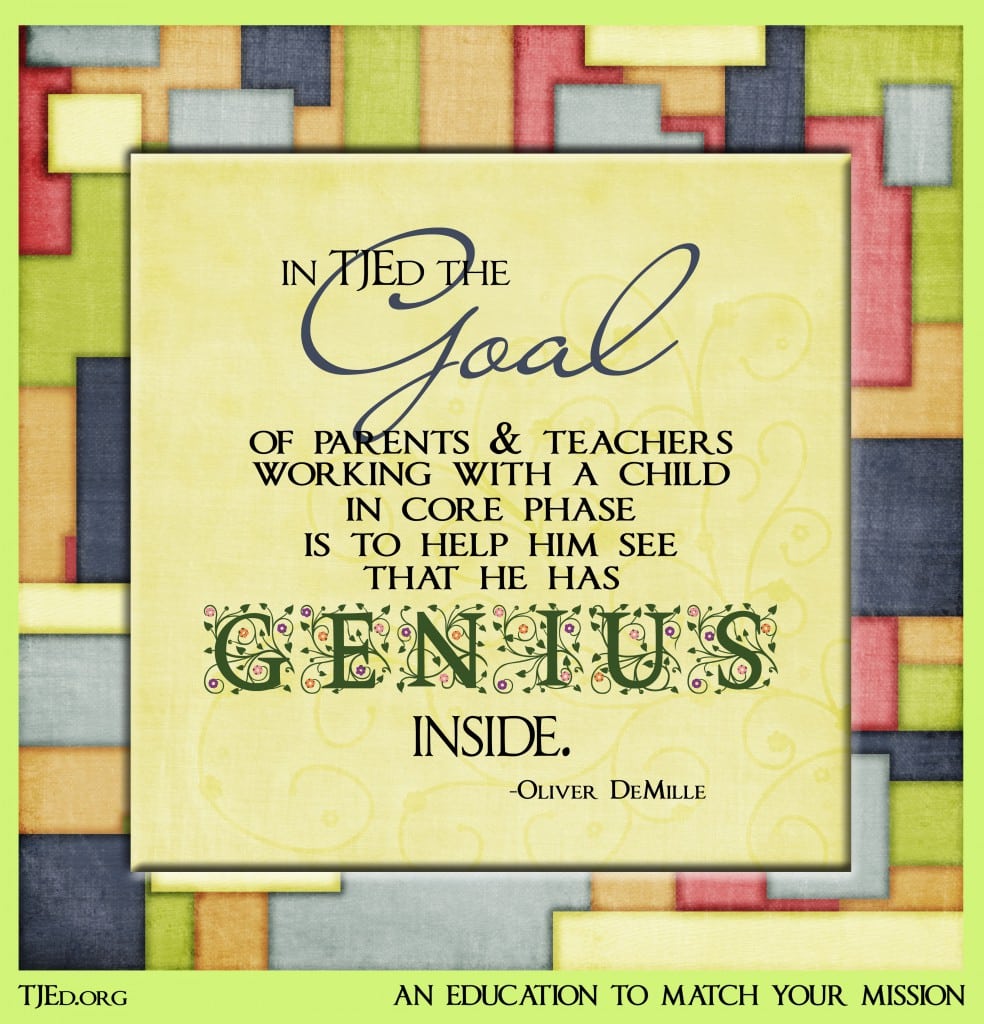



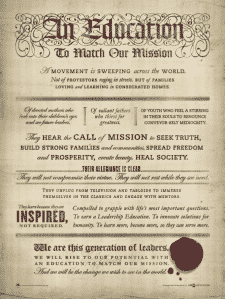



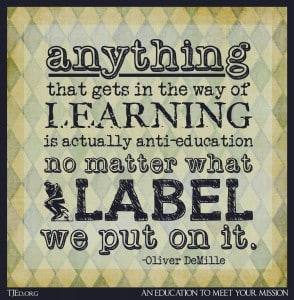
Thank you. Stepping off the conveyor belt has been very freeing but when it came to math I felt stuck on the conveyor belt. These tools are fantastic and have given me concrete tools to engage in math personally which has sparked my interest, and I look forward to my children finding math fascinating.
I have bookmarked this page and come back to it ALL THE TIME! My die hard math haters are coming around and enjoying the beauty and order that math has to offer. Who knew that there was such an amazing wide world of math wholly independent of the textbooks?! Thank you!
P.S. My daughter now uses the Gelosia method for multiplication every time. She was actually laughing at the simplicity of it and wondering why she never learned it from her text books. When her sisters need help with their longer multiplication problems, she starts setting up the boxes and extending the lines diagonally…I love the “Oh! I get it!” from them when she’s explained it.